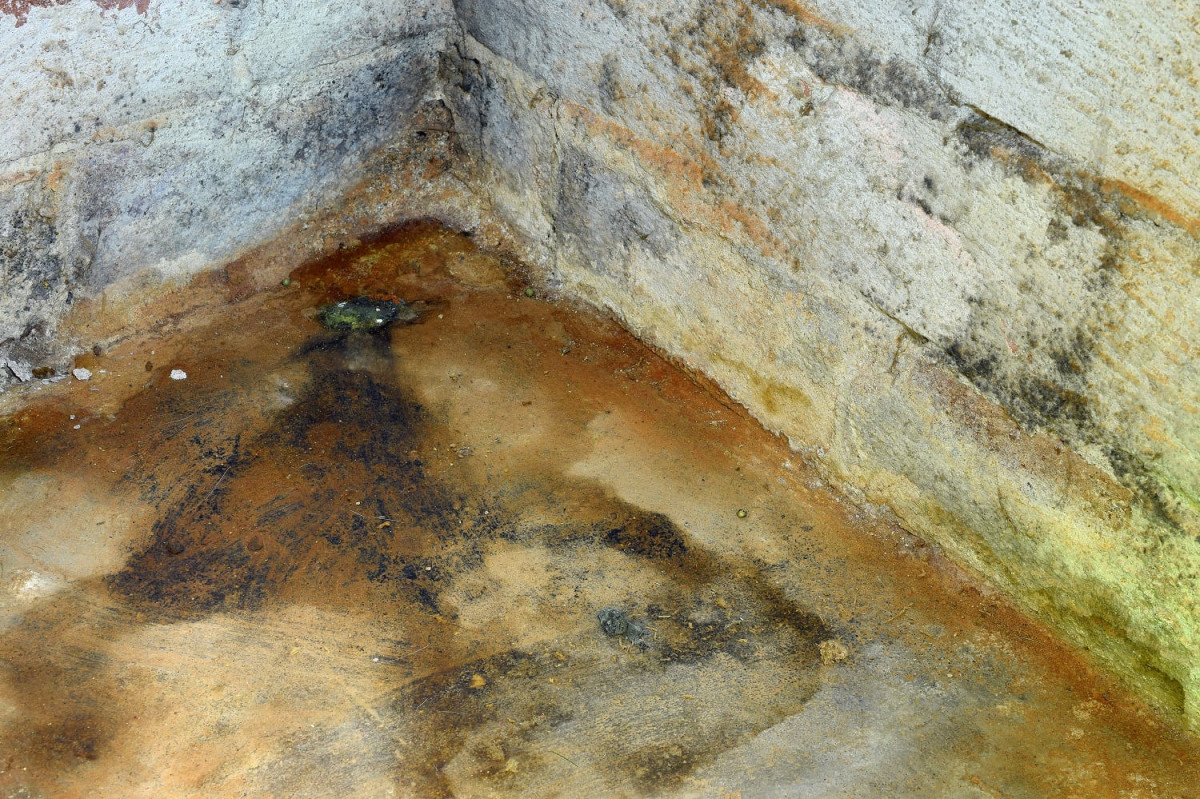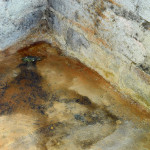Basements, often serving as a valuable extension of living space or housing essential utilities, are unfortunately susceptible to the menace of flooding. Basement flooding not only poses a threat to your property but can also result in significant financial and emotional stress. In this comprehensive guide, we will explore the causes of basement flooding, the potential consequences, and, most importantly, effective strategies to prevent basement flooding and protect your home from water-related disasters.
I. Understanding the Causes of Basement Flooding:
A. Heavy Rainfall and Storms:
Overwhelmed Drainage Systems: Intense and prolonged rainfall can overwhelm local drainage systems, causing water to pool around the foundation. Inadequate drainage can lead to water infiltration through cracks or vulnerable entry points, resulting in basement flooding.
Poorly Designed Grading: Improper grading around your home, where the ground slopes towards the foundation, can contribute to water accumulation during heavy rain. This excess water may find its way into the basement, causing flooding.
B. Poor Exterior Drainage:
Clogged Gutters and Downspouts: Gutters and downspouts play a crucial role in directing rainwater away from the foundation. When these components are clogged with debris, water may overflow and saturate the soil near the foundation, increasing the risk of basement flooding.
Insufficient Slope: Inadequate grading away from the foundation can result in water pooling around the base of the house. This accumulated water exerts hydrostatic pressure on basement walls, leading to potential water seepage and flooding.
C. Foundation Issues:
Cracks and Voids: Structural issues such as cracks in the foundation walls or gaps around windows and doors can provide entry points for water during heavy rainfall. Over time, these vulnerabilities may lead to basement flooding.
Hydrostatic Pressure: Hydrostatic pressure occurs when the water table rises, exerting pressure against the foundation. If the foundation is not properly waterproofed, this pressure can force water into the basement.
II. Consequences of Basement Flooding:
A. Structural Damage:
Foundation Compromise: Frequent flooding can weaken the foundation, leading to cracks, shifts, and compromised structural integrity. Over time, this damage may necessitate extensive and costly repairs.
Deterioration of Building Materials: Persistent exposure to water can cause deterioration of building materials such as drywall, wood, and insulation. This degradation may result in the need for replacement and restoration.
B. Health Risks:
Mold and Mildew Growth: Moist conditions in a flooded basement create an ideal environment for mold and mildew growth. Exposure to mold spores can trigger respiratory issues and pose health risks, particularly for individuals with allergies or asthma.
Contamination: Floodwaters may carry contaminants such as sewage, chemicals, or debris, introducing health hazards to your living space. Proper cleanup and disinfection are essential to mitigate these risks.
C. Damage to Personal Property:
Loss of Belongings: Valuable items stored in the basement, such as furniture, electronics, and sentimental belongings, are at risk of damage or loss during flooding events.
Financial Consequences: The cost of repairing structural damage, replacing damaged possessions, and implementing preventive measures can impose a significant financial burden on homeowners.
III. Effective Strategies to Prevent Basement Flooding:
A. Exterior Drainage Maintenance:
Clean Gutters and Downspouts: Regularly clean gutters and downspouts to prevent clogs and ensure efficient water drainage. Consider installing gutter guards to minimize debris buildup.
Downspout Extensions: Extend downspouts at least six feet away from the foundation to direct water away from the house. This simple measure helps prevent water accumulation near the basement.
Proper Grading: Ensure that the soil around your home slopes away from the foundation. Proper grading promotes effective water runoff, reducing the risk of basement flooding.
B. Foundation Waterproofing:
Exterior Waterproofing: Apply waterproof coatings or sealants to the exterior of the foundation to create a protective barrier against water infiltration. This additional layer helps prevent water from reaching the basement walls.
French Drains: Install French drains around the perimeter of the foundation to collect and divert groundwater away from the house. French drains are effective in managing water table fluctuations.
Interior Waterproofing: Consider applying waterproof coatings to the interior walls as an additional safeguard. Interior waterproofing measures are particularly beneficial in managing water vapor transmission.
C. Install a Sump Pump System:
Sump Pump Installation: A sump pump is a valuable investment for preventing basement flooding. Install a sump pump system with a sump pit to collect excess water, and ensure proper discharge away from the foundation.
Battery Backup: Install a battery backup for the sump pump to ensure its functionality during power outages, which often coincide with severe weather events.
D. Landscape Management:
Strategic Planting: Plan landscaping to include plants that absorb excess water and direct it away from the foundation. Avoid planting trees with aggressive root systems near the house.
Permeable Surfaces: Opt for permeable surfaces in outdoor areas, such as driveways and walkways, to promote water absorption and reduce runoff.
E. Window Well Covers:
Install Window Well Covers: Window wells can be vulnerable entry points for water during heavy rain. Install covers to prevent water accumulation and protect basement windows from flooding.
Window Well Drains: Consider adding window well drains to facilitate proper drainage and prevent water from pooling around basement windows.
F. Check and Seal Foundation Cracks:
Regular Inspection: Conduct regular inspections of the foundation for visible cracks or gaps. Promptly address any issues by sealing cracks with appropriate waterproof sealants.
Foundation Repair: Engage professional services for foundation repairs if structural issues are identified. Timely intervention can prevent further damage and reduce the risk of basement flooding.
G. Flood Monitoring Systems:
Install Flood Sensors: Invest in flood monitoring systems that include sensors placed in vulnerable areas of the basement. These systems can provide early warnings of potential flooding, allowing for prompt action.
Smart Home Integration: Explore smart home technologies that allow you to remotely monitor and control flood prevention devices, enhancing your ability to safeguard your home.
H. Professional Assistance:
For homeowners seeking comprehensive protection against basement flooding, consulting with professionals is essential. Experienced waterproofing specialists, structural engineers, and flood mitigation experts can assess the specific conditions of your home and recommend tailored solutions. Professional assistance is particularly crucial in addressing existing vulnerabilities and implementing preventive measures that align with your property’s unique characteristics.
Preventing basement flooding is a proactive and essential aspect of maintaining a secure and healthy home environment. By understanding the causes, consequences, and effective preventive strategies, homeowners can fortify their properties against the risks of water-related disasters. From exterior drainage maintenance to interior waterproofing, the key lies in a comprehensive and vigilant approach. Embracing these strategies, investing in preventive measures, and seeking professional assistance when needed will empower homeowners to shield their homes from the detrimental impact of basement flooding, ensuring the longevity and well-being of their living spaces.
Contact the Professionals at AquaGuard Waterproofing Today! (301) 595-9670





